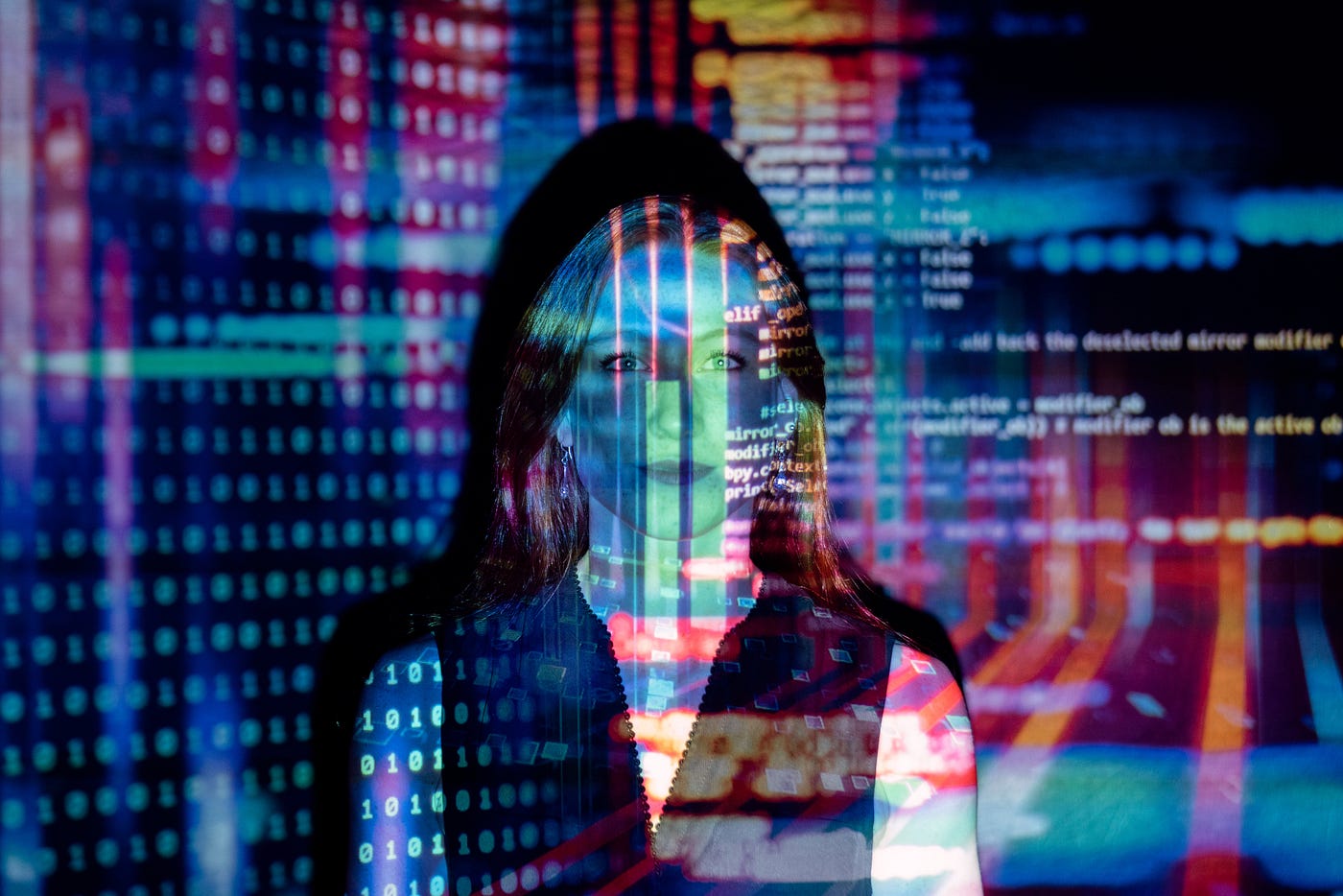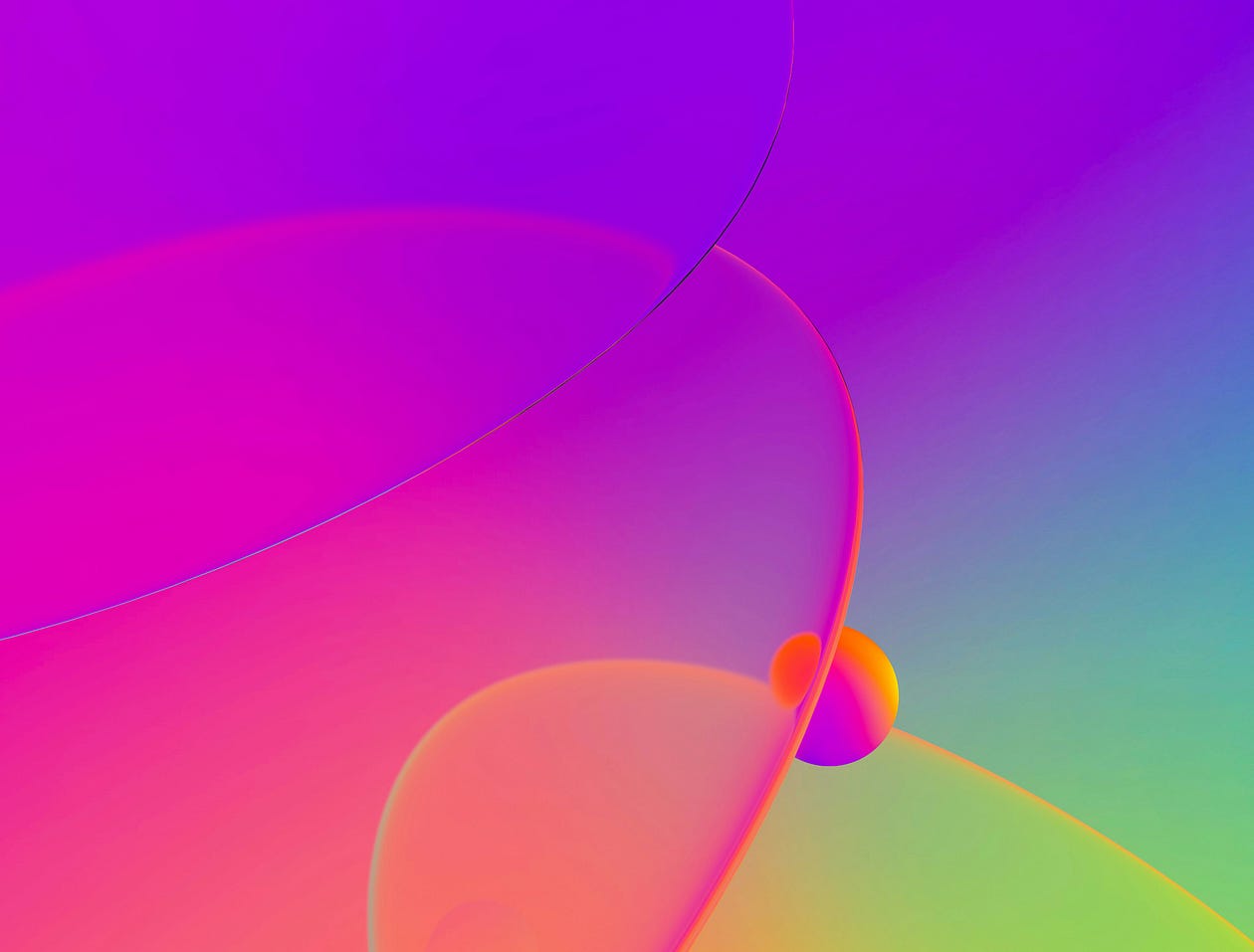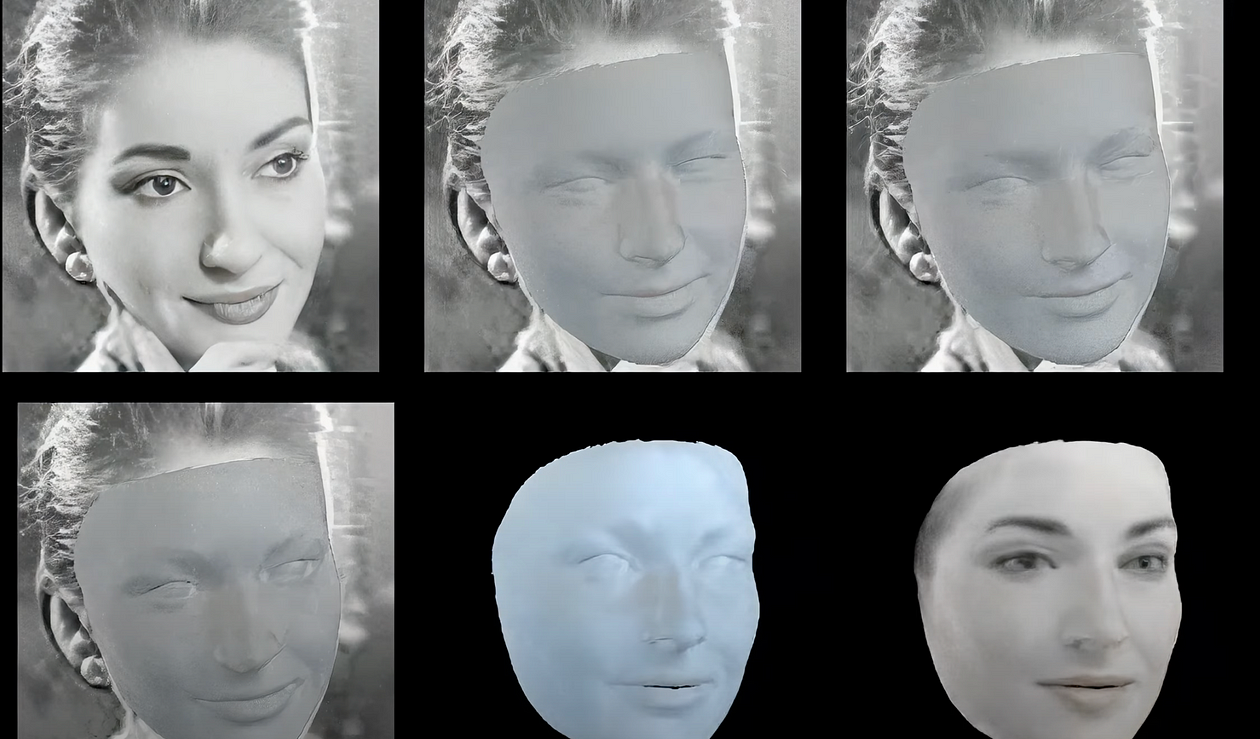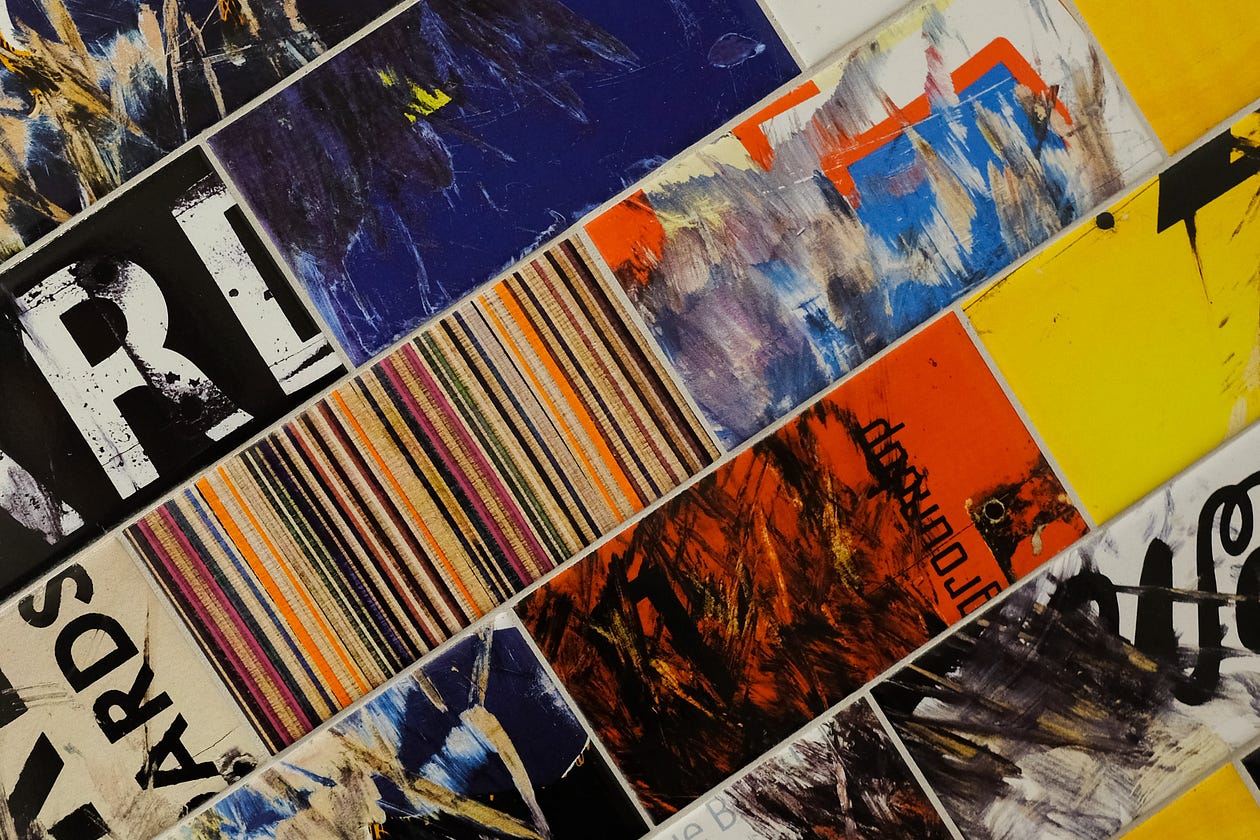Creating Identity Beyond Photography

The relationship between photography and familiar identity and mourning constructs a narrative that gives meaning to life experiences. Death is at the heart of photography. We cling to these images of the dead as evidence of them once being alive. In death, we are left behind in unsatisfied grief. We pour over the flat surface of the photographs of our dead loved ones wanting more than the hopeless stillness of a photograph can ever give. Death and bereavement are driving new ways to communicate with the deceased to give us digital immortality. As artificial intelligence grows in popularity, consumers can animate still photographs, create virtual living worlds or maintain ongoing interaction with the dead via a chatbot application.
Since the 1850s, new formats and technologies in portrait photography created a mass industry in identity-making and social connections. From family albums to passport photos, the photograph and the narrative constructed around them have shaped memory and identity. For many of us, identity is tied to physical archives like photographs, letters, and related keepsakes that together with our online data form a picture of who we are. The onset of digital photography created a false revolution because it dealt with the exteriority of photography. If I use a smartphone or a mirrorless camera to produce a picture, the endpoint is still the same. Our identity has already shifted from the photograph to online social networks and is increasingly moving towards AI technology. And this is where the real revolution begins, in AI and its ability to represent who we are because it is designed to replicate and converse with us. And the emergence of AI in the genealogy of portraiture is driven in part by our insatiable appetite to remain connected with our dead loved ones.AI can create deepfakes using generative adversarial networks (GANs). A GAN is produced by two AI systems working together. One system creates a copy of an image using new data, and the other system determines if the data is real or fake. Both systems create eerily lifelike images like the Tik Tok videos of Tom Cruise, question our sense of reality, as well as raise security issues. Facial recognition company D-ID created Deep Nostalgia for MyHeritage and uses GANs to animate photographs. DeepNostalgia creates AI-animated renderings from photographs of human faces. It uses deep learning algorithms to predict missing parts in a photograph, such as teeth and ears, and creates an automated sequence of gestures and movements, like smiling, blinking, and head-turning. Re-animation technology is challenging the definition of what a photograph is. They are no longer a moment frozen in time but inception for AI and machine learning to create a moving identity.
Watch Ginger’s DeepStory on Youtube
Holograms are virtual three-dimensional images that are recorded using a laser. Steven Spielberg’s USC Shoah Foundation created a series of holographic first-person Holocaust survivor stories. Many of the survivors are known from documentary interviews or memoirs like the late Eva Kor. While survivors such as Kor have recorded their experiences for future generations to engage in, Shoah’s holograms are interactive and their machine learning allows the holographic Kor to answer any question you may have about her experience. But the most common question that gets asked by viewers on the way out of the museum is when this technology will be available for their own families.
3D Effect on Youtube
To help inform my ideas, I was interested in artists who recreated family narratives and used visual media to question our idea of what a still and moving image is. Evan Apodeca is a Mexican American artist-filmmaker. In his award-winning film, How Far Am I, Apodeca animates old family photographs and creates a narrative from family interviews to make sense of the intergenerational conflict between his American and Mexican identities. Erin Shirreff’s Roden Crater film is a fake. Shirreff captured an image of the crater from the internet, printed it, reshot it in her New York studio under various artificial lighting conditions edited the stills together to form a digital video sequence that resembled a moving image. Rashed Haq explores our idea of what photography is in the 21st century from a technological point of view. He created a series of family portraits using GAN-generated machine learning software that produce a series of shapes and contours. I then experimented with the family archive and various technological innovations in identity-making.
Death is at the heart of photography. He is going to die, that has been, he is dead. But photography will no longer be the portal to the dead. How we deal with grief is challenged in the digital age where the dead are resurrected and converse with us. I will briefly examine online memorials and digital memory practices which will provide context to my practice. New stages of grief are triggered by interactive technology that enables us to maintain a two-way relationship with the dead. In grief therapy, letting go is replaced by the continuing bonds approach where grief is present and infinite and is worked through with the constant presence or dialogue with the dead. AI technology allows us to maintain present and infinite dialogue with our dead. A photograph is an image of or a representation of or a copy of or a likeness of a human being. We cling to these images of the dead as evidence of them once being alive. We pour over the flat surfaces of our dead loved ones wanting more than a photograph can ever give. In death, we are left behind in unsatisfied grief. Photography has had its day. The photograph as a referent of our identity will be replaced by an AI Hologram.
Ginger Liu is the founder of Ginger Media & Entertainment, a Ph.D. practice research student in photography and artificial intelligence, and an author, writer, photographer, and filmmaker.







